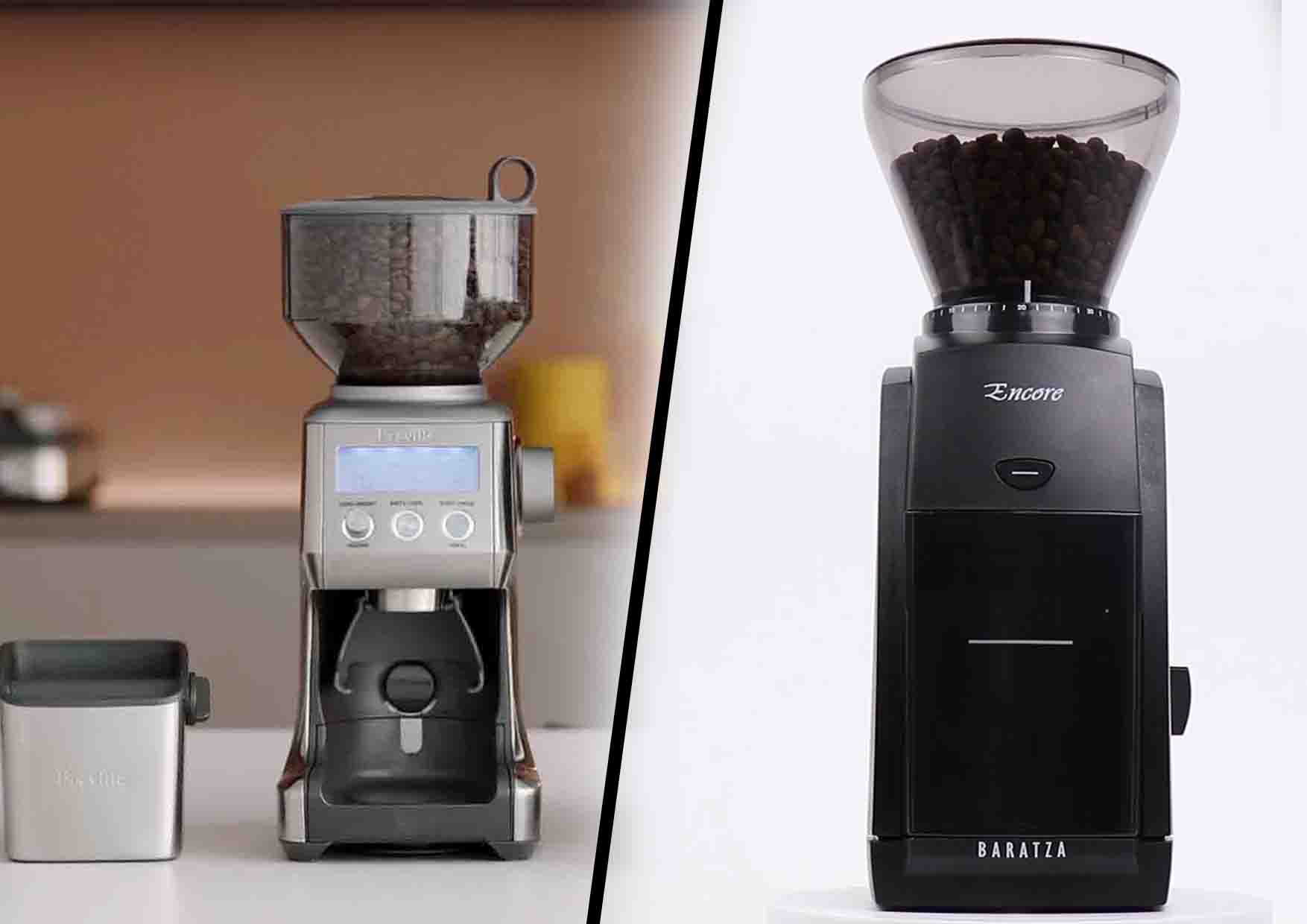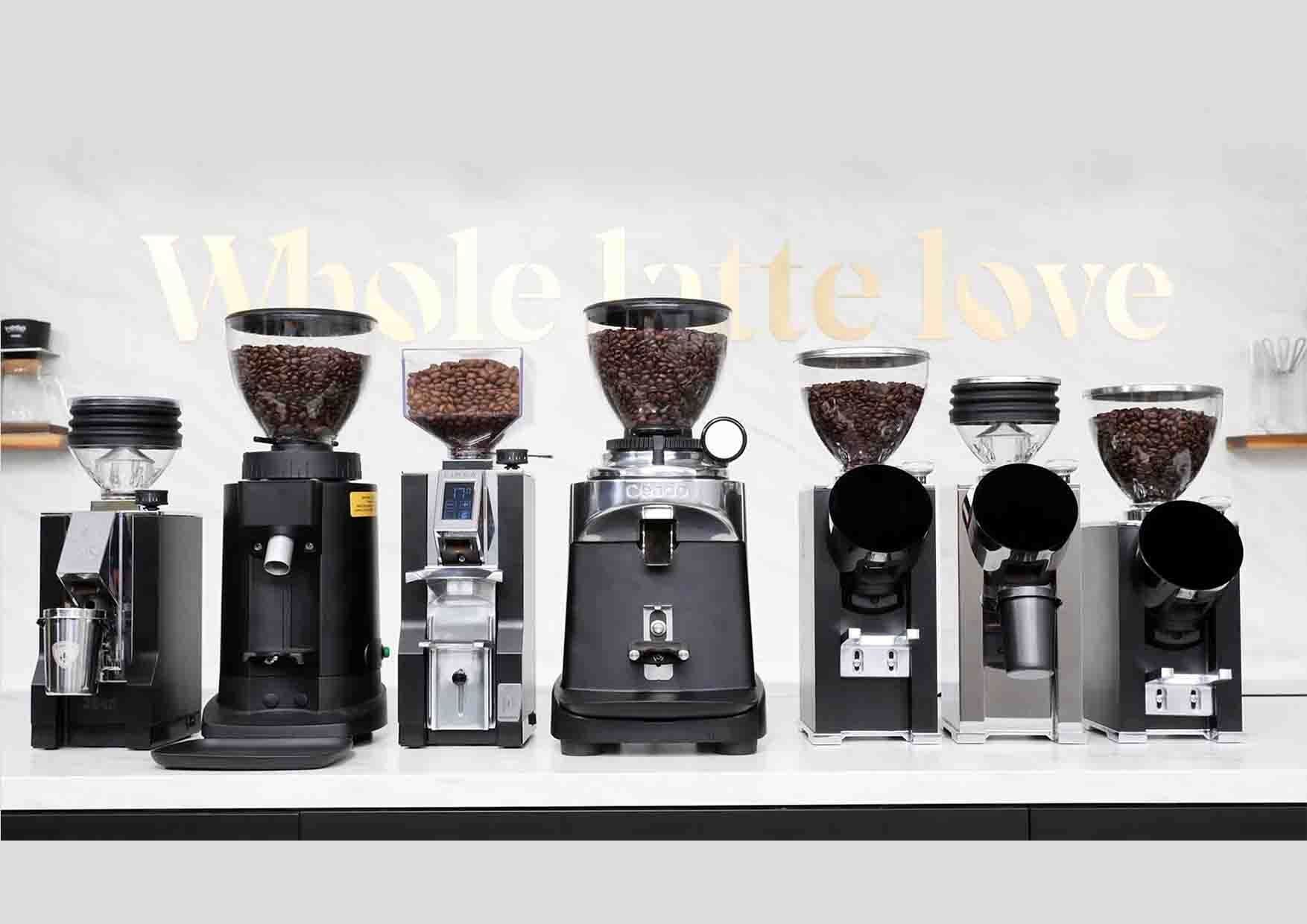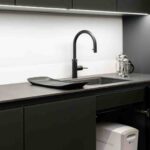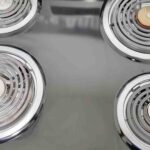As an Amazon Associate, I earn from qualifying purchases.
When it comes to grinding coffee beans, many people wonder whether it’s better to use a coffee grinder or a blender. In this article, we will discuss two ways and analyze the advantages and disadvantages of Coffee Grinder vs Blender. By the end of this article, you’ll have a clear understanding of which method is best for your coffee grinding needs. So, let’s dive in and explore the differences between a coffee grinder and a blender for grinding your favorite coffee beans.
Coffee Grinder vs Blender: Key Differences
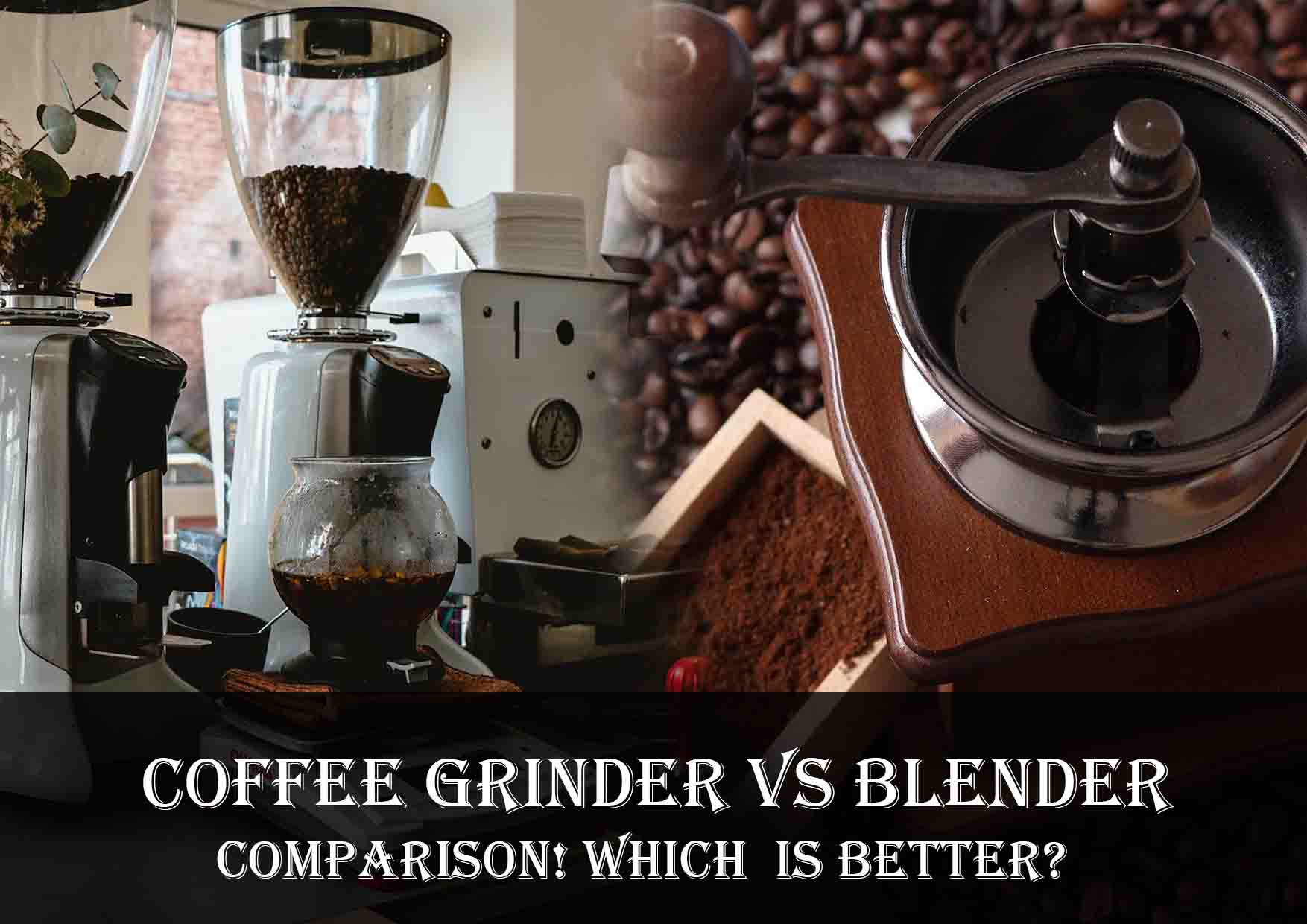
If you’re a coffee lover, you may have wondered about the key differences between a coffee grinder and a blender when it comes to grinding coffee beans. This article will break down the differences between the two appliances and help you determine which one is best for your coffee grinding needs. Whether you’re a coffee connoisseur or just looking to up your at-home coffee game, understanding the distinctions between these two kitchen tools will help you make the best choice for your morning brew.
Coffee Grinder
A coffee grinder is a kitchen appliance used to grind coffee beans into a fine powder, which is then used to make coffee. It typically consists of a motor and a set of grinding burrs or blades that pulverize the beans into the desired consistency. There are different types of coffee grinders, including blade grinders and burr grinders, each with its advantages and disadvantages. Using a coffee grinder allows for fresher and more flavorful coffee, as the beans are ground just before brewing. It’s an essential tool for any coffee enthusiast who values the taste and quality of their morning cup of coffee.
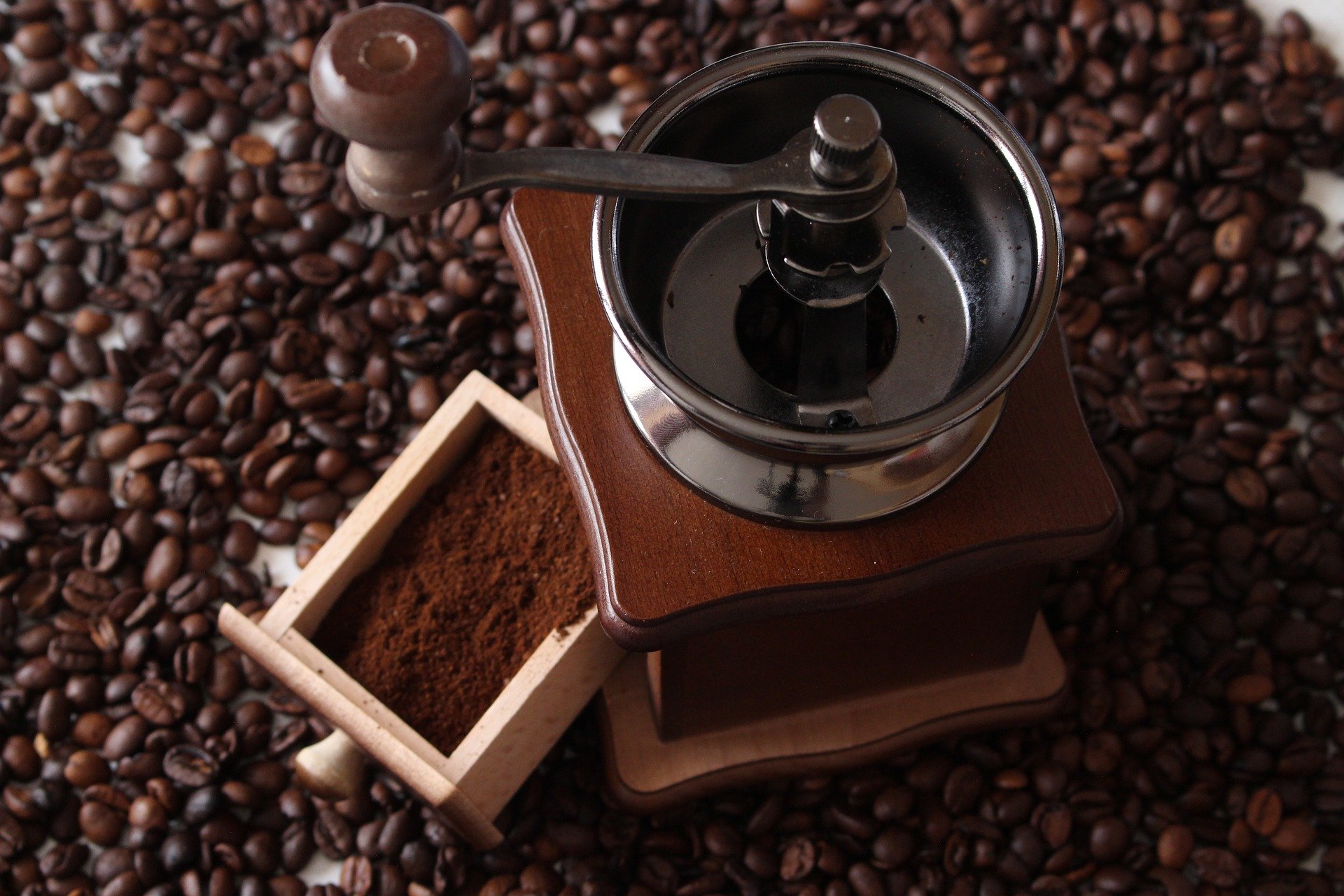
Pros
1. Freshness: Freshness and flavor are assured when coffee beans are ground just before brewing. Pre-ground coffee loses its aroma and tastes more quickly than whole beans.
2. Customization: Coffee grinders allow you to adjust the grind size to match your preferred brewing method. Different grinds suit various methods like espresso, drip, French press, etc.
3. Aroma: Grinding coffee releases essential oils and aromatic compounds, enhancing the overall aroma and flavor of the coffee. It is especially crucial for individuals who enjoy the sensory aspects of coffee.
4. Cost Savings: Buying whole coffee beans is often more cost-effective than purchasing pre-ground coffee, especially if you’re using high-quality beans.
5. Versatility: Coffee grinders can be used for purposes beyond brewing coffee, such as grinding spices or herbs for cooking.
Cons:
1. Noise: Many electric coffee grinders can be noisy, which might be a concern, especially in the early morning or if you have a noise-sensitive environment.
2. Cleanup: Grinding coffee creates fine particles that can be messy and require more effort to clean, especially in burr grinders where coffee grounds can accumulate in various parts.
3. Size and Storage: Coffee grinders, especially burr grinders, can be bulky and take up space in your kitchen. If you have limited counter space, this might be a drawback.
4. Cost: High-quality coffee grinders, especially burr grinders, can be relatively expensive compared to pre-ground coffee or blade grinders. However, they are often considered a worthwhile investment by coffee enthusiasts.
5. Maintenance: Burr grinders, in particular, may require periodic cleaning and maintenance to ensure optimal performance. If you forget to clean them regularly, it can affect the coffee taste.
6. Learning Curve: For those new to coffee brewing, learning how to adjust grind sizes for different brewing methods can take some time and experimentation.
Coffee Blender
A coffee blender is a convenient and essential kitchen appliance for coffee lovers. It allows you to grind your own coffee beans to your desired consistency, ensuring a fresh and flavorful cup of coffee every time. The motorized base and grinder attachment work together to quickly and efficiently grind the beans into a fine powder. Some coffee blenders even have different grind level settings, catering to various coffee brewing methods such as drip coffee, French press, or espresso. This versatility allows you to customize your coffee to your specific taste preferences. Using a coffee blender is easy and convenient, providing you with the perfect grounds for a delicious cup of coffee at home.
There might be some misunderstanding in yours for the question. A coffee blender is not a common phrase. However, I’ll provide information on the pros and cons of a device that is commonly associated with coffee preparation: a coffee grinder.
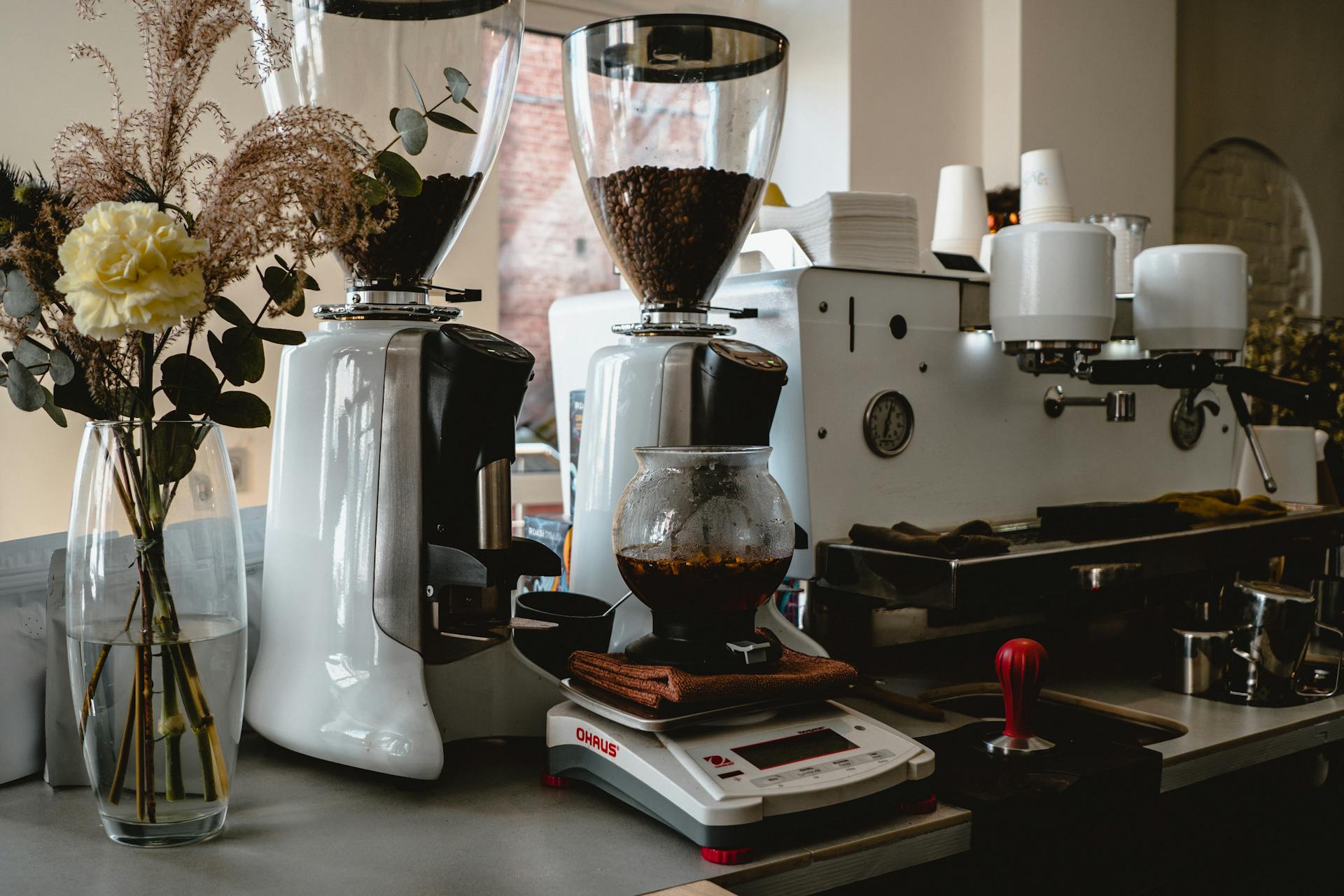
Pros:
1. Freshness: Grinding coffee beans just before brewing helps maintain the freshness of the coffee. This is because ground coffee tends to lose its flavor and aroma more quickly than whole beans.
2. Control over Grind Size: Coffee grinders allow you to control the size of the coffee grounds, which is crucial for different brewing methods. For example, you can have a coarse grind for a French press or a fine grind for espresso.
3. Customization: You can experiment with different coffee bean varieties and adjust the grind size to achieve the flavor profile you prefer.
4. Cost-Effective: Buying whole beans and grinding them at home can be more cost-effective than purchasing pre-ground coffee. Whole beans also tend to have a longer shelf life.
5. Aromatics: Grinding releases the aromatic compounds in coffee beans, enhancing the overall flavor experience.
Cons:
1. Noise: Some coffee grinders can be noisy, which may be a concern, especially in the morning or late at night.
2. Cleanup: Grinding coffee can be a bit messy, and cleaning the grinder regularly is necessary to prevent the buildup of oils and residues.
3. Initial Cost: Quality coffee grinders can be expensive initially, but the investment is often worthwhile for coffee enthusiasts.
4. Learning Curve: Achieving the perfect grind size for your preferred brewing method might take some trial and error.
Coffee Grinder vs Blender: Comparison! Which Is Better?
Coffee grinders and coffee blenders serve different purposes in the coffee-making process, and their effectiveness depends on the specific task you want to accomplish. Let’s compare the two:
1. Purpose:
– Coffee Grinder: Coffee grinders are designed specifically for grinding coffee beans. There are two primary categories of grinders: blade grinders and burr grinders. Burr grinders are often preferred for their ability to produce a consistent grind size, which is important for various brewing methods like espresso, pour-over, or French press.
– Coffee Blender: Blenders, on the other hand, are not designed for grinding coffee beans. They are typically used for mixing or pureeing ingredients, and using them to grind coffee may not result in a uniform grind size.
2. Grind Consistency:
– Coffee Grinder: Grinders are designed to achieve a specific grind size, which is essential for brewing high-quality coffee. Burr grinders, in particular, provide a more consistent grind size compared to blade grinders.
– Coffee Blender: Blenders are not equipped with mechanisms to control grind size accurately. Grinding coffee in a blender may result in uneven particle sizes, affecting the overall quality of the brewed coffee.
3. Control Over Grind Size:
– Coffee Grinder: Burr grinders offer adjustable settings for controlling the grind size, allowing you to tailor it to your preferred brewing method. This level of control is crucial for achieving optimal extraction and flavor.
– Coffee Blender: Blenders lack the precision and settings required to achieve specific grind sizes. It’s challenging to control the coarseness or fineness of the grind when using a blender.
4. Heat Generation:
– Coffee Grinder: Burr grinders, especially those with slower grinding speeds, generate less heat during the grinding process. Heat can affect the flavor of the coffee, so minimizing it is beneficial.
– Coffee Blender: Blenders can generate more heat during prolonged use, which may impact the coffee’s flavor and aroma.
5. Versatility:
– Coffee Grinder: Coffee grinders are specialized for grinding coffee beans, and some models may offer various grind settings for different brewing methods.
– Coffee Blender: Blenders are versatile kitchen appliances but aren’t designed for coffee grinding. Attempting to use them for this purpose may lead to inconsistent results.
FAQ
Question 1: Is A blender better than a coffee grinder?
It depends on How you are using it. A blender is better for making smoothies, shakes, and soups, while a coffee grinder is specifically designed for grinding coffee beans. If you are looking to grind coffee beans, a coffee grinder would be the better option. However, if you want to make a variety of blended drinks and recipes, a blender would be more versatile.
Question 2: Can I use blender as coffee grinder?
Yes, you can use a blender as a coffee grinder. However, it’s important to note that the grind may not be as consistent as it would be with a dedicated coffee grinder. Additionally, using a blender for coffee grinding may affect the flavor and quality of the coffee. If you do decide to use a blender, make sure to thoroughly clean it before and after use to avoid any residual flavors transferring to your coffee. It’s also a good idea to only use the blender for coffee grinding if you don’t plan on using it for other food items in the future.
Question 3: Can I use blender instead of grinder?
Yes, you can use a blender instead of a grinder for certain tasks. Blenders are great for chopping and blending ingredients, but they may not be as effective as grinders for tasks such as grinding spices or nuts to a fine powder. It’s important to consider the specific task and the capabilities of your blender when deciding whether to use it as a substitute for a grinder.
Question 4: Does coffee taste better with grinder?
Yes, coffee does tend to taste better when it is ground fresh with a grinder. This is because freshly ground coffee retains more of its natural flavors and aromas, resulting in a more flavorful and aromatic cup of coffee. Grinding coffee just before brewing also ensures that it is as fresh as possible, which can enhance the overall taste and quality of the coffee.
Additionally, using a grinder allows you to customize the coarseness of the grind to suit your specific brewing method, which can further enhance the flavor of the coffee. Overall, many coffee enthusiasts believe that using a grinder can significantly improve the taste of their coffee.
Question 5: Why is a coffee grinder better?
A coffee grinder is better because it allows you to grind your coffee beans to the specific coarseness or fineness that you desire, resulting in a more flavorful and fresh cup of coffee. Grinding your own coffee beans also gives you more control over the brewing process, allowing you to tailor the grind to your preferred brewing method.
dditionally, grinding your own coffee beans ensures that you are using the freshest coffee possible, as pre-ground coffee can lose its flavor and aroma over time. Overall, a coffee grinder provides a superior coffee experience compared to using pre-ground coffee.
Question 6: What is the advantage of a coffee grinder?
The advantage of a coffee grinder is that it allows you to freshly grind your coffee beans, which preserves the flavor and aroma of the coffee. This results in a more flavorful and rich-tasting cup of coffee compared to pre-ground coffee. Additionally, you can adjust the grind size to suit different brewing methods, such as espresso, French press, or drip coffee, giving you more control over the flavor profile of your coffee. Overall, a coffee grinder can enhance the quality of your coffee brewing experience.
Question 7: Can I use my blender to grind beans?
Yes, you can use your blender for grind beans. Just make sure to use the pulse function and not overfill the blender to ensure even grinding. It’s also best to start with small batches to achieve a consistent grind.
Question 8: What is the best way to grind coffee beans?
The best way to grind coffee beans is to use a burr grinder, which provides a consistent grind size and doesn’t generate as much heat as blade grinders. Additionally, it’s best to grind the beans just before brewing to ensure the freshest cup of coffee. Adjust the grind size to match your brewing method, such as coarser for French press and finer for espresso. Remember to use a consistent and even motion when grinding to achieve the best results.
Question 9: Can I grind coffee without a grinder?
Yes, you can grind coffee without a grinder using alternative methods such as a blender, food processor, mortar and pestle, or even a hammer and a plastic bag. However, it may not produce the same consistency as a grinder and can be more time-consuming.
Question 10: Do coffee beans expire?
Yes, coffee beans can expire. Over time, they can lose their flavor and aroma, so it’s best to use them within a few weeks of roasting for the best taste. It’s also important to store them properly in an airtight container away from light, heat, and moisture to help maintain their freshness for as long as possible.
Question 11: Can you drink coffee grind?
No, you should not take coffee grounds. Consuming large amounts of coffee grounds can be harmful to your health as they can cause stomach upset, and digestive issues, and may even lead to caffeine overdose. It’s best to stick to drinking brewed coffee and avoid ingesting the grounds.
Question 12: How long should I grind coffee beans?
The ideal grind time for coffee beans can vary depending on the type of coffee maker you are using. Generally, a medium-coarse grind is recommended for most drip coffee makers and a fine grind is best for espresso machines. It’s important to experiment with different grind times to find the perfect consistency for your preferred brewing method.
Question 13: Is it better to grind coffee beans daily?
Yes, grinding coffee beans daily is generally better for ensuring the freshest and most flavorful cup of coffee.
Question 14: How many beans to grind for 1 cup of coffee?
Typically, a general rule of thumb is to use 1 to 2 tablespoons of coffee beans for every 6 ounces of water, which is roughly equivalent to one cup of coffee. However, the exact amount of beans needed may vary depending on personal preference and the type of coffee being brewed. It’s best to experiment and adjust the amount of beans to achieve the desired strength and flavor.
Question 15: Can I grind coffee in a food processor?
Yes, you can use grind coffee in a food processor. However, it may not grind the coffee beans as finely as a dedicated coffee grinder, so the resulting grind may not be as consistent. It’s best to use a food processor as a last resort if you don’t have a coffee grinder available.
Coffee Grinder vs Blender Coffee Grinder vs Blender Coffee Grinder vs Blender Coffee Grinder vs Blender Coffee Grinder vs Blender Coffee Grinder vs Blender Coffee Grinder vs Blender Coffee Grinder vs Blender Coffee Grinder vs Blender
As an Amazon Associate, I earn from qualifying purchases.


